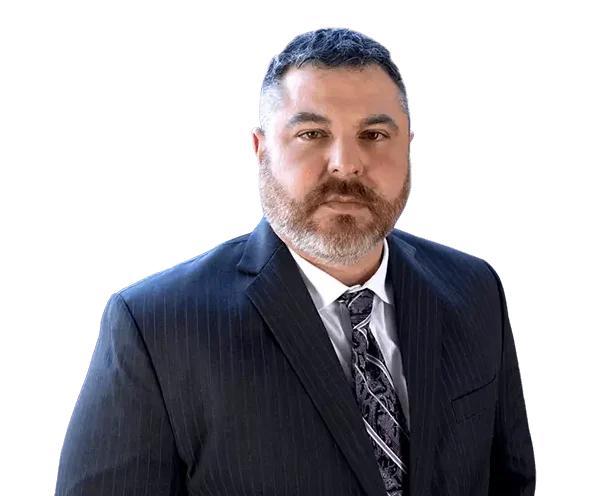
On a late Sunday afternoon last month, several people contacted the Prescott Police Department to report a driver in a silver Mazda driving erratically on State Route 89A.
When police arrived at the scene, they found a vehicle with a smashed front-end and an uprooted traffic sign on the off-ramp of the highway. According to officers at the scene, the driver, Dana Lynn Anderson, appeared dazed, talked with slurred speech, and smelled strongly of alcohol.
Witnesses told police that they felt endangered by Anderson. Two drivers even pulled over and turned on their cars’ emergency flashers to keep other vehicles from approaching her until police arrived at the scene.
Breathalyzers revealed Anderson had a blood alcohol content (BAC) nearly three times the legal limit of 0.08. She was arrested and charged with super extreme DUI.
Super Extreme DUI
In Arizona, any driver with a blood alcohol content of .200 or greater is charged with what is commonly referred to as a “super extreme” DUI-one of the most serious types of DUI charges in the state. Three different charges for driving under the influence, based on a driver’s BAC, exist in Arizona. These include:
If Anderson is convicted of super extreme DUI, she will be sentenced to a mandatory minimum of 45 days in jail. She also will have to pay several thousands of dollars in fines and penalties, including $1250 to the general fund and another $1250 to the prison construction fund.
Additionally, Anderson will be required to install an ignition interlock device (IID) into her vehicle for at least 18 months. Each time she wishes to drive her car, she will have to blow into the device upon starting her vehicle. IIDs cost around $100 to install and another $80 each month for maintenance, a financial obligation the driver is responsible for.
Arizona drivers convicted of their second super extreme DUI charge face even harsher penalties, including a mandatory minimum of 180 days in jail, over $4000 in fines and a one-year license revocation. Under state law, drivers receiving their second super extreme DUI conviction are not eligible for a work permit during their license revocation period and no automatic driver’s license reinstatement after the expiration of the one-year revocation period.
No Leniency for a Super Extreme Drunk Driving Conviction
Arizona’s super extreme DUI law is one of the toughest drunk driving laws in the country, carrying severe mandatory sentences. Under state law, first-time offenders face severe penalties, including fines, penalties and driver license suspension.
In particular, the law also requires judges to sentence those convicted of their first offense to at least 45 days in jail. For super extreme DUI offenses, the law is strict about mandatory jail time. A judge cannot reduce an offender’s jail sentence even if the offender completes an alcohol treatment program or performs community service. However, the law allows judges the authority to increase an offender’s time in jail if the judge believes the circumstances surrounding the DUI arrest warrant the increase.
Arizona passed the super extreme DUI law September 2007. The law passed in response to the growing number of drunk driving-related accidents and fatalities in the state. In 2006, Arizona had the sixth most DUI-related deaths in the nation. As many as 17,000 people receive their first DUI charge in the state of Arizona each year.
The law also requires all drivers convicted of their first DUI offense to install ignition interlock devices in their cars for at least 12 months.
Non-Driving Related Repercussions of DUI
Along with hefty fines and mandatory jail sentences, DUI convictions can wreck havoc on an individual’s private life, making it difficult for an offender to keep a job, find new employment and get into college. DUI convictions can also negatively impact child custody determinations and other family law matters.
For help defending against a DUI or super extreme DUI charge, contact an experienced DUI attorney in your area. An attorney knowledgeable in these matters can help you mitigate any potential short term and long term damage.